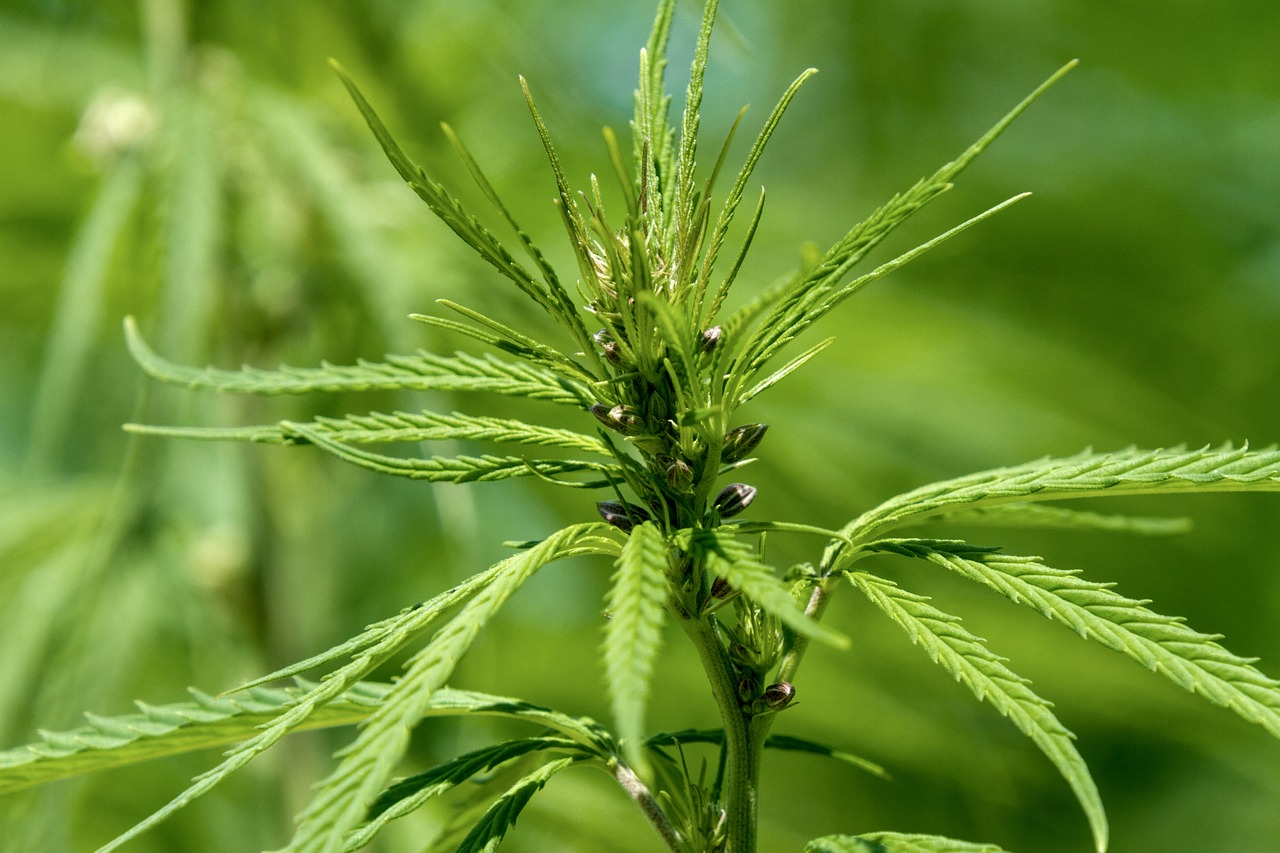THCA, or tetrahydrocannabinolic acid, is a non-psychoactive cannabinoid found in raw cannabis plants. Unlike THC, THCA does not produce a high, making it an attractive option for those seeking therapeutic benefits without the psychoactive effects. This article explores various methods of consuming Vanilla and berry cannabis aroma for healing purposes, providing insights into their effectiveness and potential benefits.
Understanding THCA and Its Benefits
THCA is the precursor to THC, the compound responsible for the psychoactive effects of cannabis. When cannabis is heated, THCA converts to THC through a process called decarboxylation. However, when consumed in its raw form, THCA offers a range of potential health benefits without the high.
Research suggests that THCA may have anti-inflammatory, neuroprotective, and anti-emetic properties. It is also being studied for its potential to help with conditions such as arthritis, epilepsy, and nausea. These benefits make THCA an appealing option for those looking to harness the healing properties of cannabis without the psychoactive effects.
Methods of Consuming THCA Flower
There are several ways to consume THCA flower, each offering unique benefits and experiences. Here are some of the most popular methods:
- Juicing: Juicing raw cannabis leaves and flowers is one of the most effective ways to consume THCA. This method preserves the cannabinoid in its natural form, allowing users to benefit from its therapeutic properties without any psychoactive effects. Juicing can be done using a standard juicer or blender, and the resulting juice can be mixed with other fruits and vegetables for a nutritious drink.
- Raw Consumption: Eating raw cannabis flowers is another way to consume THCA. This method involves adding raw cannabis to salads, smoothies, or other dishes. While the taste may be an acquired one, raw consumption ensures that the THCA remains intact, providing the full range of potential benefits.
- Tinctures: THCA tinctures are liquid extracts made by soaking raw cannabis flowers in alcohol or another solvent. This method allows for precise dosing and easy consumption. Tinctures can be taken sublingually (under the tongue) or added to food and beverages.
- Topicals: THCA-infused topicals, such as creams and balms, can be applied directly to the skin. This method is particularly beneficial for localized pain and inflammation, as it allows the THCA to be absorbed directly into the affected area.
Case Studies and Research
Several studies and anecdotal reports highlight the potential healing benefits of THCA. For instance, a study published in the British Journal of Pharmacology found that THCA exhibited anti-inflammatory properties, which could be beneficial for conditions like arthritis. Another study in the Journal of Neuroimmune Pharmacology suggested that THCA might have neuroprotective effects, potentially aiding in the treatment of neurodegenerative diseases.
Anecdotal evidence from patients using THCA for conditions such as epilepsy and chronic pain also supports its therapeutic potential. Many users report significant improvements in symptoms without the psychoactive effects associated with THC.
Considerations for THCA Consumption
When consuming THCA flower, it’s important to keep a few factors in mind to maximize its healing potential:
- Quality of the Flower: The quality of the cannabis flower can significantly impact the effectiveness of THCA. Opt for organically grown, pesticide-free cannabis to ensure the highest quality product.
- Dosage: Finding the right dosage is crucial for achieving the desired therapeutic effects. Start with a low dose and gradually increase until the desired effects are achieved.
- Storage: Proper storage of raw cannabis is essential to preserve its THCA content. Store the flower in a cool, dark place to prevent degradation.
Conclusion
THCA offers a promising alternative for those seeking the therapeutic benefits of cannabis without the psychoactive effects. By exploring various consumption methods such as juicing, raw consumption, tinctures, and topicals, individuals can find the approach that best suits their needs. With ongoing research and growing anecdotal evidence, THCA continues to gain recognition as a valuable component of cannabis-based healing.
